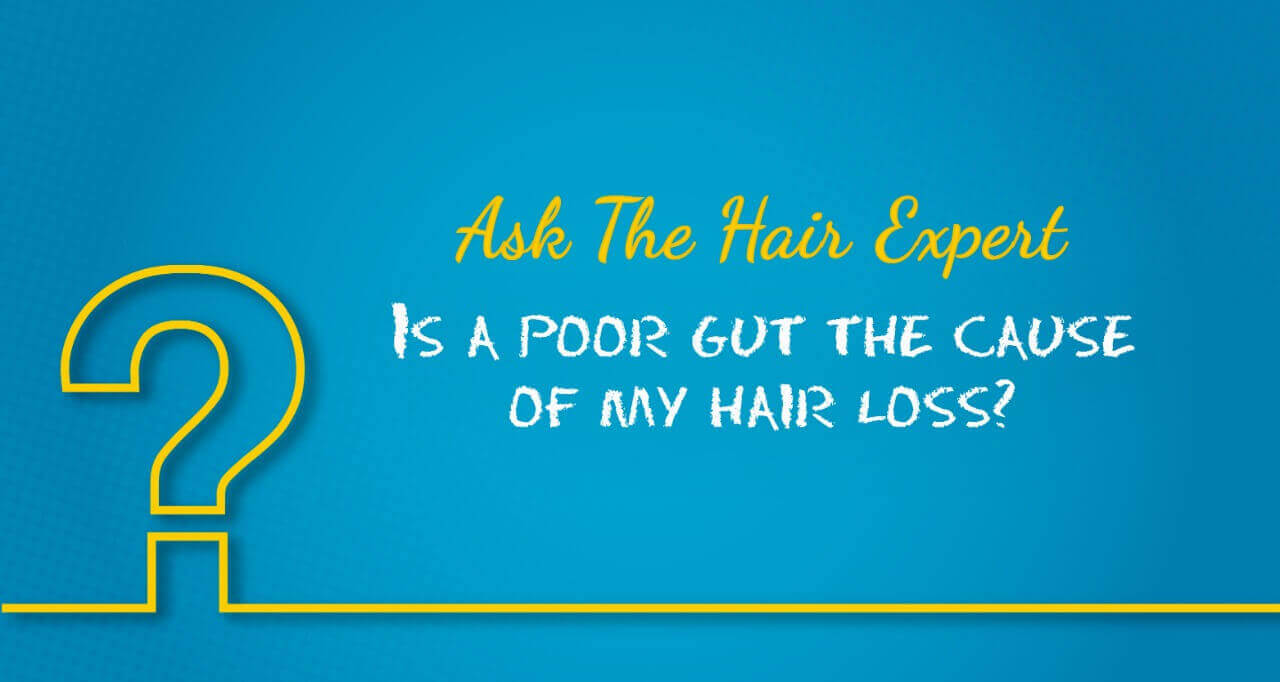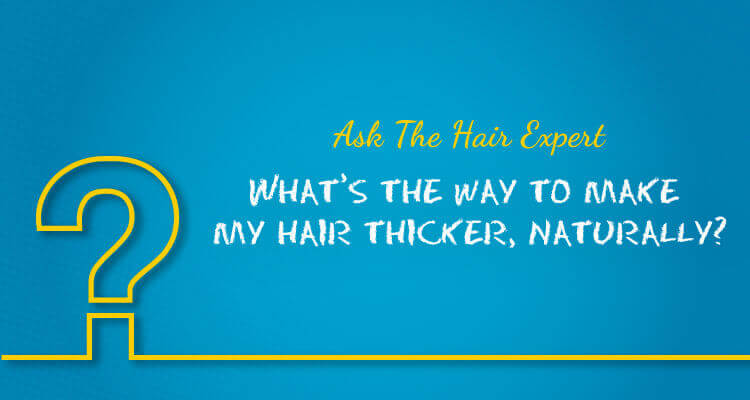The next time you glimpse at a beautiful head of gleaming, glistening, shiny curls on a giant billboard or the cover of a major magazine, think again. Those shiny haired beauties required a hidden horde of hairstylists, photographers and tons of hot tools to create their look. Is it possible to have gorgeous shiny hair, even if you aren’t scheduled to appear on a billboard anytime soon? Not everyone has access to a team of expert stylists, right? While there are some instant shine formulas available, they can offer only a temporary fix. Due to their very nature, many instant shine formulas can’t sustain a healthy shine.
Factors that affect the shine of your hair
- Naturally shiny hair is a result of many factors that include proper nutrition and vitamin supplements along with daily exercise, enough sleep, stress reduction habits and drinking enough water.
- Other factors directly related to your hair’s shine potential include the overall condition of your hair, hereditary factors, the texture and colour of your hair and the products you use.
- Perfectly straight, healthy, moisture-enriched hair that is a dark colour is the best candidate for strength, shimmer, and shine. Curly or wavy light coloured hair that is overly dry or damaged has a poor shine potential.
Shine is created when the light is reflected across the hair cuticles.
Naturally straight hair has more reflective cuticle layers, and as a rule, it tends to have a nice layer of natural hair oil produced by the hair follicle sebaceous gland. Vibrant dark hair offers a continual and robust shine path. The best reflection occurs when the cuticles have a healthy coating of Sebum, which is a natural hair oil.
Dull hair that does not shine is usually lacking in the necessary moisture needed to reflect light. Hair that is deficient in moisture and natural oils will absorb the light rather than reflect it.Hair that is curly or wavy produces less glimmer and less shine. Curls and waves don’t reflect shine, because they break up the smooth outer surface of the cuticle and prevent light from shining without interruption. Hair with the presence of fewer quantities of natural sebum will have the most difficulty in generating a solid shine.
Why is sebum so crucial for making the hair shine?
Sebum not only provides natural shimmer potential to the hair, but it also protects against moisture loss from the cuticles. Sebum can be damaged or wholly stripped from the hair due to a wide range of internal and external factors including hormonal imbalances, effects of prescription drugs, use of harsh shampoos, chemical abuse, improper use of hot styling tools, weather and the environment. The result is hair that is dry, dull, and lacks shine.
A hidden shine stealer can also be located in your tap. Mineral loaded hard water can build up on the unsuspecting cuticles. If you have tried everything to increase the shine of your hair with limited results, consider that your water may be causing your hair to become lifeless. You could switch to mineral water, or a cheaper solution would be to mix a bit of lime with the rinse water. This would neutralize the effect of mineral deposits.
Follow these simple tips, and you should notice an improvement.
- Shampoo only as often as necessary, with a moisture-enhancing formula designed for your hair type and texture. Strive to maintain your hair’s natural oil mantle.
- Pamper and re-hydrate the hair strands with regularly scheduled deep conditioning treatments. For Indian hair, coconut oil is best suitable.
- Always do a final rinse with a cold-water spray to naturally smoothen the hair cuticles and enhance the shine potential.
- Gently pat hair dry. Never pull or rub the hair with a coarse towel.
- Use a cold hair dryer while drying your hair.
- You should protect hair from damaging environmental factors and sun.
- Follow a diet and hair care regimen that help promote good hair health.
A Hair Check-up with a Trichologist or a Hair Doctor once every 6 months can help you ensure healthy hair always. Hair Doctors understand your lifestyle, diet habits and also your medical history, and provide you the right guidance to stay clear of hair worries.
For more excellent hair care tips and DIY tricks to tackle issues such as split ends, follow our Hair Care blogs.
Healthy Hair, Happy You!



